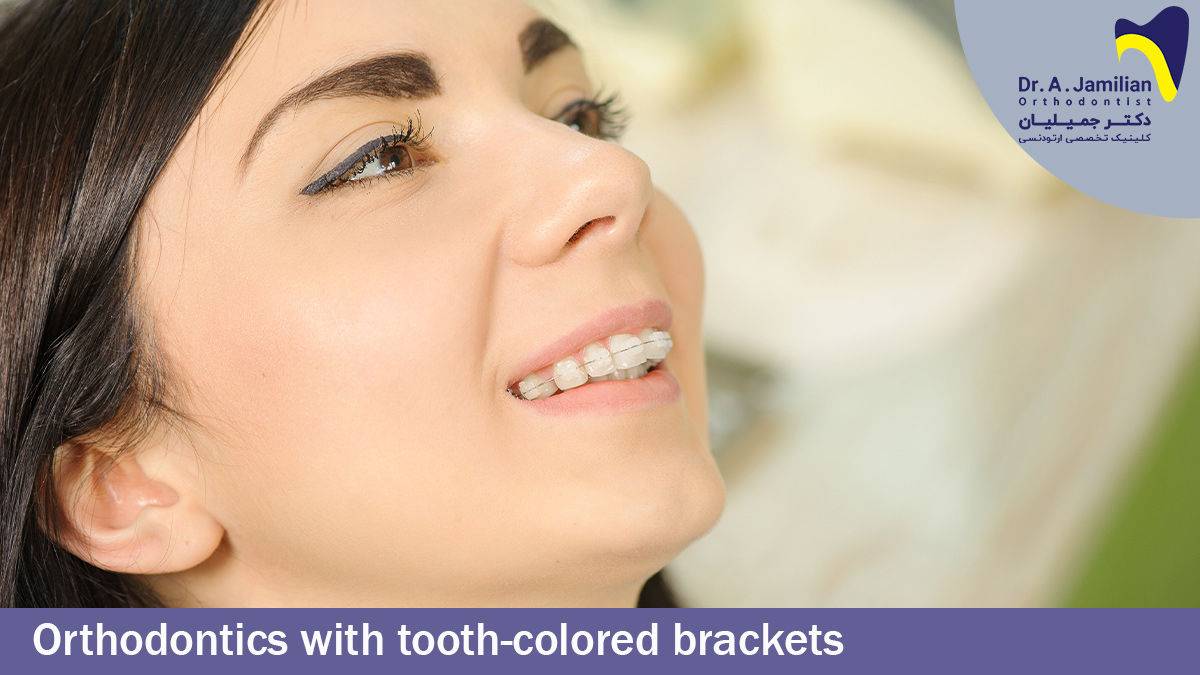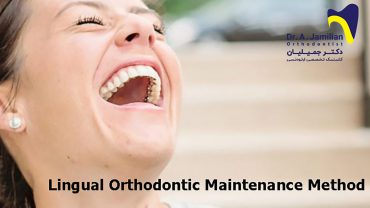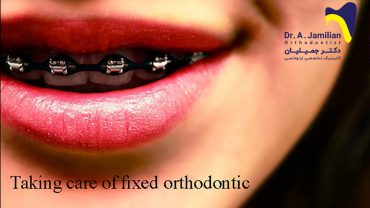In orthodontics with tooth-colored brackets, otherwise known as white orthodontics, ceramic (glass) or composite brackets are used, instead of common metal brackets. Other than the bracket itself, treatment steps in this method are the same as conventional methods. In white orthodontic treatment method, the wire that passes through the ceramic brackets is visible. If the patient wishes, white and tooth-colored coated wires could be used. White brackets are often chosen by patients who don’t prefer attraction to their brackets. In the following, tooth-colored orthodontic brackets are further examined.
Properties Of Tooth-Colored Orthodontic Brackets
In white orthodontics, brackets will be the same color as the patient’s teeth, however, they are visible from a very close distance. This is due to the brackets being attached to the outer surface of the teeth. However, these brackets are less visible in patients’ daily activities. Multiple patients express more satisfaction with this method in terms of orthodontic appearance. It should be noted that tooth movement in the white orthodontic treatment is slower than that in orthodontics with metal brackets. Thus, the treatment takes a longer period.
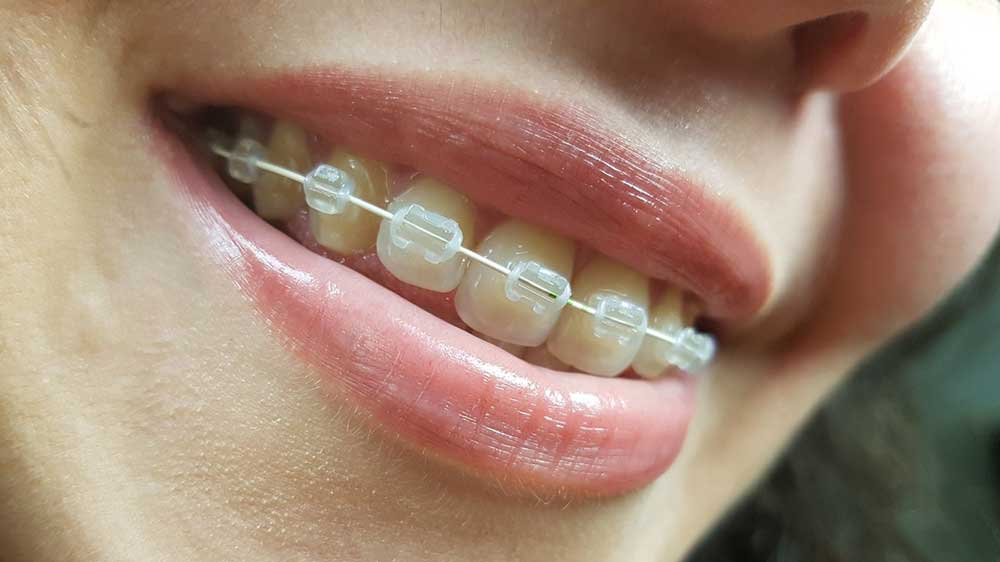
Today, orthodontics with tooth-colored brackets has gained great attention. However, it is recommended to trust your orthodontist and leave the decision regarding choosing the best orthodontic treatment to them and never insist on a specific orthodontic appliance. Tooth-colored orthodontic treatment has recently become more popular and often costs more.
What Is A Tooth-Colored Bracket?
In this method, the orthodontist replaces metal brackets with white, colorless ceramic, or composite brackets. Using the tooth-colored or transparent orthodontic wire is very effective in making this type of orthodontics invisible. To attract more attention, to be visible some patients prefer to use white orthodontics and tooth-colored brackets only for the front teeth.. The orthodontist should carefully examine the patient’s condition before treatment and decide on the possibility of using tooth-colored brackets.
Which Patients Are The Most Suitable For Orthodontics With Tooth-Colored Brackets?
In most cases, patients ask for orthodontics with tooth-colored brackets because of its beautiful appearance. Most of the patients who see an orthodontist are adults. Global statistics show that at least one in every five patients who seek for an orthodontics treatment is an adult who asks for orthodontics because of being sensitive about their appearance at workplace, university, etc. The overall point is that tooth-colored brackets or ceramic brackets are more fragile than metal brackets. Thus, they may only tolerate more gentler strokes. It is necessary for an orthodontist to decide about the possibility of using these brackets with regard to your condition.
Orthodontics with tooth-colored teeth is also applicable to teenagers and children. However, this treatment is not normally suggested for children, because it requires more care to avoid breaking brackets.
Advantages Of Orthodontics With Tooth-Colored Brackets
The main benefit of orthodontics with tooth-colored brackets is its immensely beautiful appearance. Compared specifically with metals, ceramics for patient’s deal much less sensitivity. For patients who are sensitive to metal, ceramic brackets would be a better option.
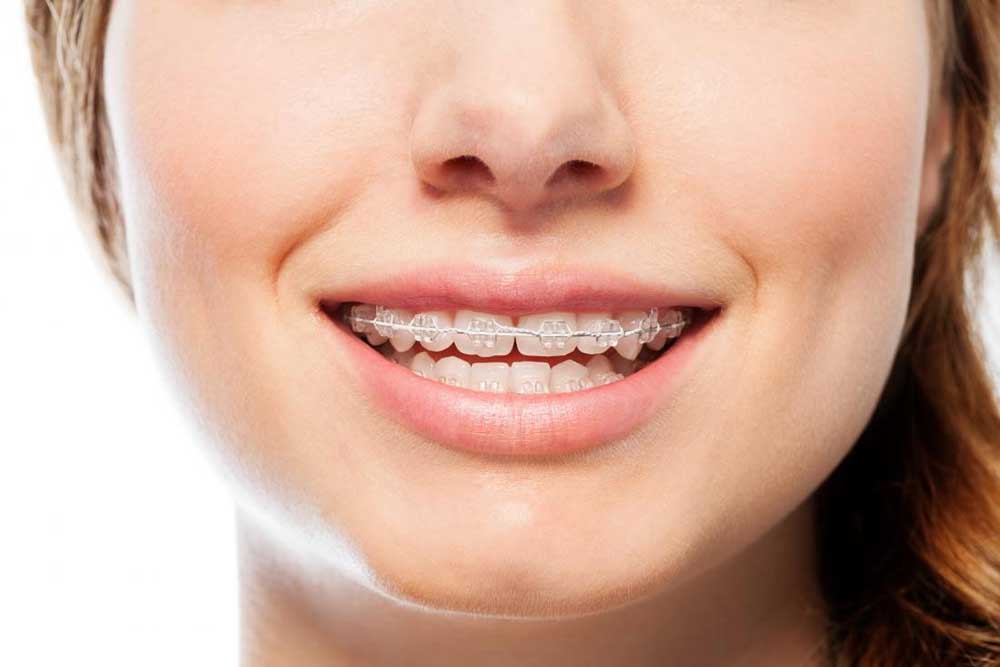
Disadvantages Of Orthodontics With Tooth-Colored Brackets
The main concern regarding the orthodontics with tooth-colored ceramic brackets in comparison with metal brackets is their fragility. As the feeling itself of having a broken bracket within your mouth is scary for many patients. This break ability makes the orthodontist apply more gentle pressure to teeth which may lead to being restrictive.
Depending on the suitable orthodontic treatment for you, this difference between ceramic and metal brackets may not cause any problem in your treatment process. Sometimes, this limitation may lengthen the procedure of treatment. Depending on your condition, it is possible that the treating orthodontist does not prescribe orthodontics with tooth-colored brackets for you. On top of that, ceramic brackets which are the same color as your teeth need more attention and are more bound to break while chewing or in case of sudden pressure. The recurrent breakage of ceramic brackets which happens due to insufficient caring prolongs the treatment course and increases its expenses. The other disadvantage of orthodontics specifically with tooth-colored teeth is its being more expensive than metal brackets.
Nowadays different types of scientific and technological advances have led to the establishment of composite brackets that not only involve all the advantages of ceramic brackets but, also have overcome these brackets’ drawbacks. However, they are more costly in comparison with metal brackets which is problematic.
Orthodontics with tooth-colored brackets FAQ
The white orthodontics cost may vary depending on various factors, so that a fixed cost could not be specified. Patients should first be examined to determine the white orthodontics cost based on their conditions and orthodontist’ opinion, if appropriate.
When white and tooth-colored orthodontic brackets are used, as the name suggests, tooth-colored orthodontic components are selected in order to be less noticeable. However, these white brackets are not completely invisible and could be seen, especially from a close distance. In general, white brackets are usually less visible than conventional ones.
Yes. However, the orthodontist’s opinion is always a priority, as experience & knowledge go into factor.. White orthodontics may be suitable for all patients, including children. It should be mentioned that white brackets require a lot of care due to fragility. Therefore, it may be difficult for children to take care of them.
Duration of orthodontic treatment generally depends on the patient’s condition and is determined by the orthodontist after examining the patient. The white orthodontic treatment duration is much longer than conventional and metal orthodontics because there is not much pressure on the brackets. As a result, the pressure applied to the jaws and teeth is less.
Compared to metal orthodontic brackets white orthodontic brackets are much more fragile and weaker. Therefore, for white orthodontic treatment patients should not fear about a lot of pressure on the jaw and teeth. For this reason, white orthodontics is not recommended to correct severe jaw and teeth abnormalities, as pressure to some height is necessary to affect the jaws and teeth to remove the patient’s complications.
